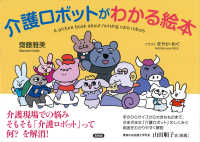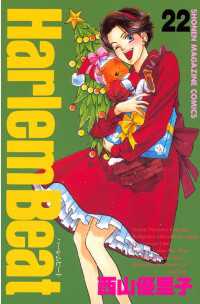Full Description
Based on extensive archival research, this open access book provides a fresh perspective on the early history of Isotype and pictographic communication, with new information about largely unknown episodes throughout its development.
The picture-script Isotype (International System of Typographic Picture Education), previously conceived as the Vienna Method of Pictorial Statistics, evolved through numerous publications and exhibitions in the early 20th century. Christopher Burke and Günther Sandner trace how its development responded to differing cultural and political climates, through a period when the idea of a universal language - an artificial or planned language - was linked to ideas of internationality and democratic planning. This book explores in depth, for the first time, the early picture-statistical work carried out at Austrian institutions during a new era of visual education and communication during and after World War II.
Examining the work of Isotype's initiators - Otto Neurath, the founding director of The Social and Economic Museum of Vienna, the artist Gerd Arntz, and Marie Reidemeister, who performed the role of 'transformer', a prototype of the modern information designer - this book challenges existing conceptions of an enormously influential pictographic language. Richly illustrated throughout with over 60 examples of work by key figures, this book provides a comprehensive history of Isotype and offers critical reflections on its legacy within, and relevance to, contemporary design practice.
The eBook editions of this book are available open access under a CC BY-NC 4.0 licence on bloomsburycollections.com.
Contents
Introduction
1. The Vienna Method in School
2. Branching Out
3. Pictorial Statistics in Austria During the Dictatorships
4. Isotype in Exile
5. The Austrian Social and Economic Museum After 1945
6. Following Otto Neurath: Marie Neurath and Gerd Arntz on Separate Paths
7. Rudolf Modley and the 'Americanization' of Isotype
Conclusion
Bibliography
Index








